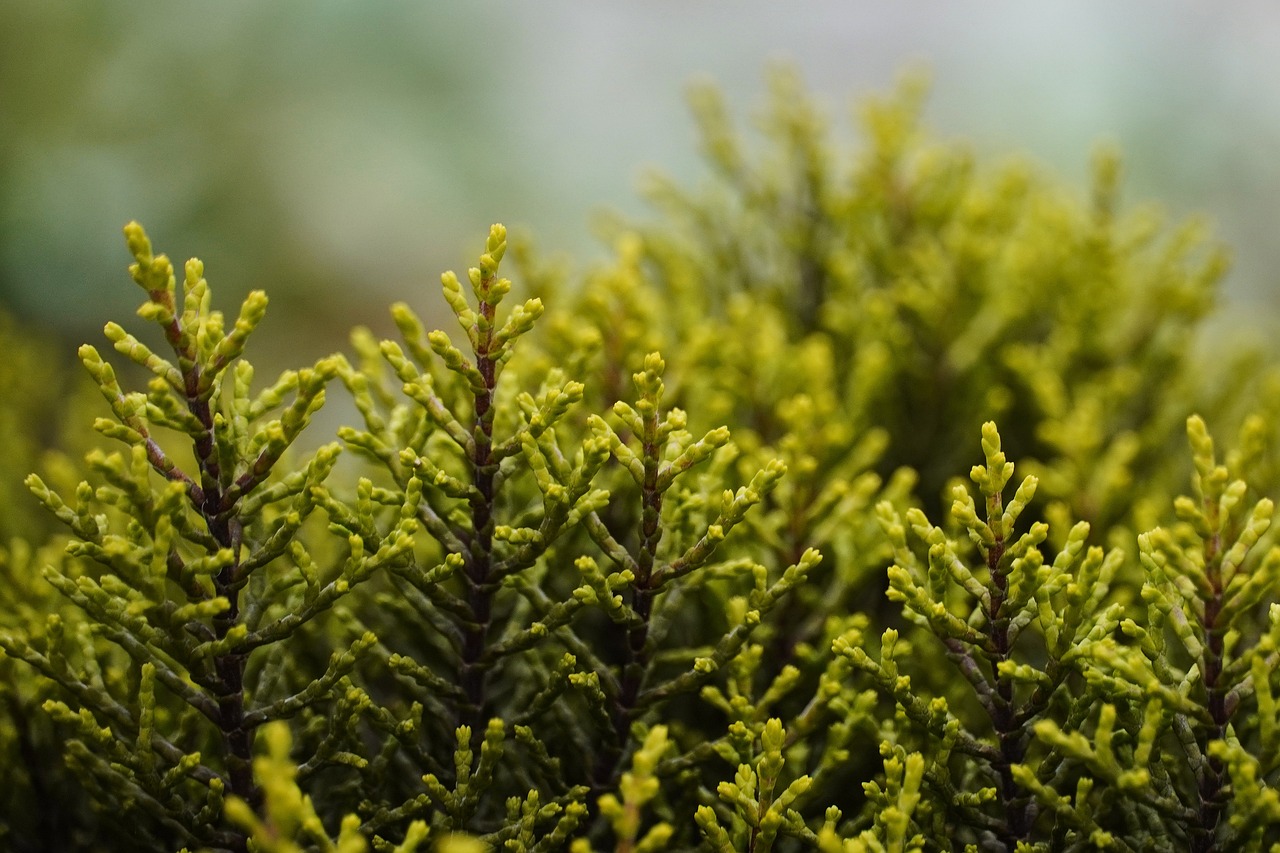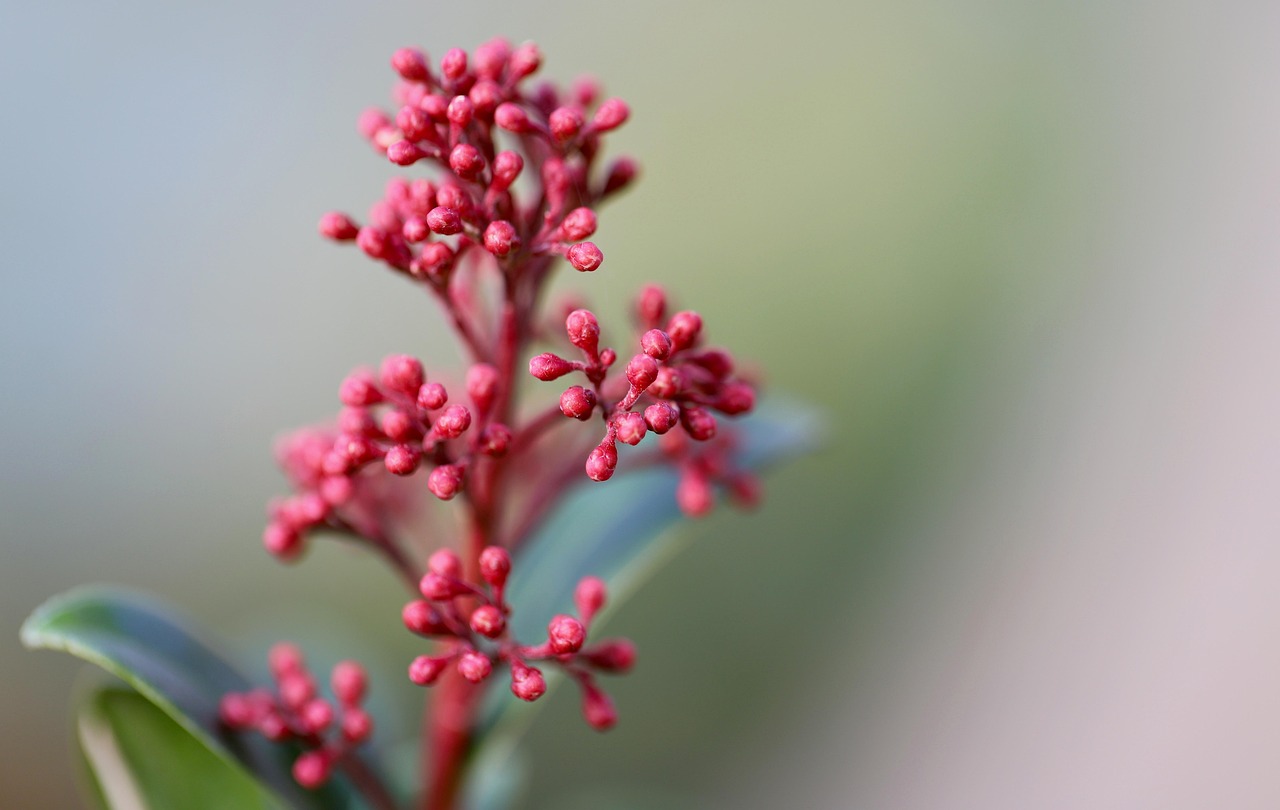When it comes to gardening, many people envision sprawling lawns filled with large trees and vibrant flower beds. However, not everyone has the luxury of spacious outdoor areas. For those with limited space, small shrubs provide an excellent solution. These compact plants can add style and character to any garden or balcony, proving that size does not always dictate impact.
Small shrubs are versatile and can serve various purposes in your landscape design. They can act as focal points, provide privacy, or even create a beautiful border. Additionally, these plants thrive in pots, making them perfect for patios, balconies, and small yards. With the right selection, you can create a lush environment that feels expansive despite its limited space.

In this article, we will explore some of the best small shrubs that can elevate your garden’s aesthetic. We will delve into their characteristics, care requirements, and how they can fit into your design scheme. But first, let’s consider why small shrubs are a fantastic choice for compact spaces.
Why Choose Small Shrubs?
Small shrubs offer numerous benefits for gardeners working with limited space. Here are some key advantages:
- Space Efficiency: Small shrubs can be easily placed in tight spots without overcrowding.
- Low Maintenance: Many small shrubs require less care than larger varieties.
- Diversity: There is a wide range of small shrubs available, from flowering varieties to evergreen selections.
- Design Flexibility: They can be used in various landscaping styles, from modern to traditional.
The growth habits and sizes of small shrubs can vary significantly. Below is a helpful table that illustrates some popular small shrubs along with their height, growth rate, and preferred sunlight conditions:
| Shrub Variety | Height | Growth Rate | Sunlight Requirements |
|---|---|---|---|
| Boxwood (Buxus) | 2-3 feet | Slow | Full sun to partial shade |
| Dwarf Japanese Garden Juniper (Juniperus) | 1-2 feet | Moderate | Full sun |
| Compact Holly (Ilex) | 2-4 feet | Slow | Partial shade to full sun |
| Spirea (Spiraea) | 2-3 feet | Moderate | Full sun |
| Lavender (Lavandula) | 1-3 feet | Fast | Full sun |
This table highlights just a few options available to gardeners seeking to maximize their space while still achieving stunning results. Each variety has unique attributes and care requirements that can contribute significantly to your garden’s overall look and feel.
As we move forward in this article, we will examine specific small shrub varieties more closely. We will discuss their unique features and how to incorporate them into your landscaping plans effectively. By understanding the specific needs and benefits of each shrub, you can make informed decisions that align with your gardening goals.
Top Small Shrubs for Limited Spaces
Choosing the right small shrubs can dramatically enhance your garden’s aesthetics. Here we will explore some of the most popular small shrubs that not only fit into compact spaces but also provide a variety of colors and textures. Each of these varieties has unique characteristics that make them suitable for different gardening styles and conditions.
1. Dwarf Boxwood (Buxus sempervirens ‘Suffruticosa’)
Dwarf Boxwood is a classic choice for formal gardens. This evergreen shrub features small, dense foliage that can be easily shaped into hedges or topiaries. The rich green color provides year-round interest, making it a staple in many landscapes.
- Height: 2-3 feet
- Sunlight: Prefers partial shade to full sun
- Soil Type: Well-draining soil is ideal
- Maintenance: Requires occasional pruning to maintain shape
2. Dwarf Japanese Garden Juniper (Juniperus procumbens ‘Nana’)
This compact evergreen shrub is perfect for rock gardens and ground cover. The Dwarf Japanese Garden Juniper has a low, spreading form that adds texture and color to the landscape. Its blue-green foliage turns a beautiful bronze in winter, providing seasonal interest.
- Height: 1-2 feet
- Sunlight: Thrives in full sun
- Soil Type: Tolerates poor soil but prefers well-drained conditions
- Maintenance: Minimal care; just occasional trimming as needed
3. Compact Holly (Ilex crenata ‘Sky Pencil’)
The Compact Holly is known for its upright growth habit and glossy leaves. This shrub is an excellent choice for creating vertical accents in the garden. It produces small black berries in the fall, adding a pop of color to the landscape.
- Height: 2-4 feet
- Sunlight: Grows well in partial shade to full sun
- Soil Type: Prefers acidic, well-draining soil
- Maintenance: Requires little upkeep; occasional pruning helps maintain shape
4. Spirea (Spiraea japonica)
Spirea is a deciduous shrub that produces stunning clusters of flowers in spring and summer. With various cultivars available, spirea offers a range of colors from pink to white. This shrub is perfect for adding seasonal blooms and can be used as borders or foundation plantings.
- Height: 2-3 feet
- Sunlight: Enjoys full sun for optimal flowering
- Soil Type: Adaptable but thrives in well-drained soil
- Maintenance: Prune after flowering to encourage new growth
5. Lavender (Lavandula angustifolia)
Lavender is not only visually appealing but also fragrant, making it a favorite among gardeners. This small shrub produces beautiful purple flowers that attract pollinators and add a lovely aroma to any outdoor space.
- Height: 1-3 feet
- Sunlight: Requires full sun to thrive
- Soil Type: Prefers well-drained, sandy soil
- Maintenance: Low maintenance; prune back after flowering to promote healthy growth
These small shrubs provide various options for gardeners looking to maximize their space without sacrificing style. Each variety contributes its unique beauty and charm, allowing you to create a diverse and engaging garden despite limited square footage.
As you consider adding these shrubs to your garden, think about their specific needs and how they will fit into your overall landscape design. In the next section, we will discuss tips for planting and caring for these compact beauties.

Planting and Caring for Small Shrubs

Successfully integrating small shrubs into your limited space garden requires a thoughtful approach to planting and care. Understanding the specific needs of each shrub will help you maximize their growth potential and maintain their beauty throughout the seasons. Below, we will explore essential tips for planting and caring for these compact plants.
1. Choosing the Right Location
Location plays a crucial role in the health and growth of shrubs. Consider the following factors when selecting a planting site:
- Sunlight: Most small shrubs thrive in full sun, although some can tolerate partial shade. Check the sunlight requirements of each variety to ensure optimal growth.
- Soil Type: Well-draining soil is essential. If your soil is heavy clay or sandy, consider amending it with organic matter to improve drainage and nutrient content.
- Space: Leave enough space between shrubs to allow for air circulation, which helps prevent disease and promotes healthy growth.
2. Planting Your Shrubs
Proper planting techniques are vital for the success of your shrubs. Follow these steps to ensure they establish well in your garden:
- Prepare the Soil: Before planting, loosen the soil in the area where you will place the shrubs. You can use a garden fork or tiller to break up compacted soil.
- Dig a Hole: Dig a hole that is twice as wide as the root ball of the shrub but no deeper than the root ball itself. This encourages roots to spread outward.
- Position the Shrub: Place the shrub in the center of the hole. Ensure that the top of the root ball is level with or slightly above the surrounding soil.
- Add Soil: Backfill the hole with soil while gently firming it around the root ball to eliminate air pockets. Water thoroughly after planting.
3. Watering and Fertilizing
Watering and fertilization are critical components of shrub care. Here are some guidelines to follow:
- Watering: Newly planted shrubs need consistent moisture until they establish roots. Water them deeply once a week unless there is significant rainfall. Once established, many small shrubs are drought-tolerant.
- Fertilizing: Apply a balanced fertilizer in early spring to promote healthy growth. Follow the manufacturer’s instructions for application rates.
4. Pruning Techniques
Regular pruning helps maintain the shape and health of your shrubs. Here are some general pruning tips:
- Timing: Prune deciduous shrubs in late winter or early spring before new growth appears. Evergreen shrubs can be pruned in early spring or after flowering, depending on the variety.
- Techniques: Use sharp, clean pruning shears to make clean cuts. Remove dead or damaged branches first, followed by any crossing branches that may rub against each other.
- Shaping: For shrubs like boxwoods, lightly shear them to maintain a formal shape while encouraging new growth.
5. Pest and Disease Management
Small shrubs can sometimes be susceptible to pests and diseases. Keep an eye out for common issues such as aphids, spider mites, and fungal infections. Regular monitoring can help catch problems early. Here are some preventive measures:
- Cultural Practices: Maintain healthy plants through proper watering, fertilizing, and pruning.
- Pest Control: Use insecticidal soap or neem oil for pests if needed, following application instructions carefully.
- Disease Prevention: Avoid overhead watering to reduce humidity around plants and promote airflow.
By following these planting and care guidelines, you can enhance the growth and longevity of your small shrubs. They will not only thrive but also add significant style to your limited space garden.
Enhancing Your Garden with Small Shrubs

Incorporating small shrubs into your garden design not only maximizes the use of limited space but also introduces various textures, colors, and forms to your landscape. When chosen thoughtfully, these compact plants can create a visually appealing and functional outdoor area. Here are some additional considerations to keep in mind when selecting and arranging your small shrubs.
1. Create Layers and Depth
To enhance visual interest in your garden, consider layering your small shrubs. By placing taller varieties towards the back and shorter ones in front, you can create depth. This arrangement allows each plant to be visible and appreciated while contributing to the overall design.
- Mixing Varieties: Combine different types of small shrubs, such as evergreens with flowering varieties, to create dynamic contrasts.
- Using Ground Cover: Incorporate ground cover plants around your shrubs to fill in any gaps and create a seamless look.
2. Seasonal Interest
Choosing shrubs that offer seasonal interest can keep your garden vibrant throughout the year. Look for varieties that provide:
- Spring Blooms: Shrubs like spirea and lavender can provide beautiful flowers in spring.
- Colorful Foliage: Some shrubs exhibit stunning foliage colors in autumn, such as certain types of dwarf boxwoods.
- Winter Appeal: Evergreens like junipers maintain their color during winter, adding structure to your garden when many other plants are dormant.
3. Incorporating Shrubs in Containers
For those with extremely limited space, consider using containers to grow small shrubs. Container gardening allows flexibility and mobility, letting you change the layout as desired. Here are some tips for container planting:
- Select the Right Pot: Choose pots that are large enough to accommodate the root systems of your shrubs, allowing room for growth.
- Drainage: Ensure your containers have drainage holes to prevent water accumulation and root rot.
- Soil Selection: Use a high-quality potting mix that promotes healthy root development while retaining moisture.
Final Thoughts
Small shrubs are an excellent choice for enhancing your garden, especially when faced with space constraints. Their versatility and variety allow them to fit seamlessly into any landscape design, from formal gardens to casual outdoor spaces. By selecting the right shrubs and following proper planting and care techniques, you can create a lush, inviting environment that maximizes your limited space.
The key takeaways include understanding the specific needs of each shrub variety, ensuring proper planting techniques, and maintaining regular care to promote healthy growth. Additionally, considering factors such as layering, seasonal interest, and container options can further elevate your garden’s appeal.
Ultimately, small shrubs can provide big style in your outdoor spaces. With careful planning and creativity, you can transform even the most compact areas into beautiful landscapes filled with life and color.
